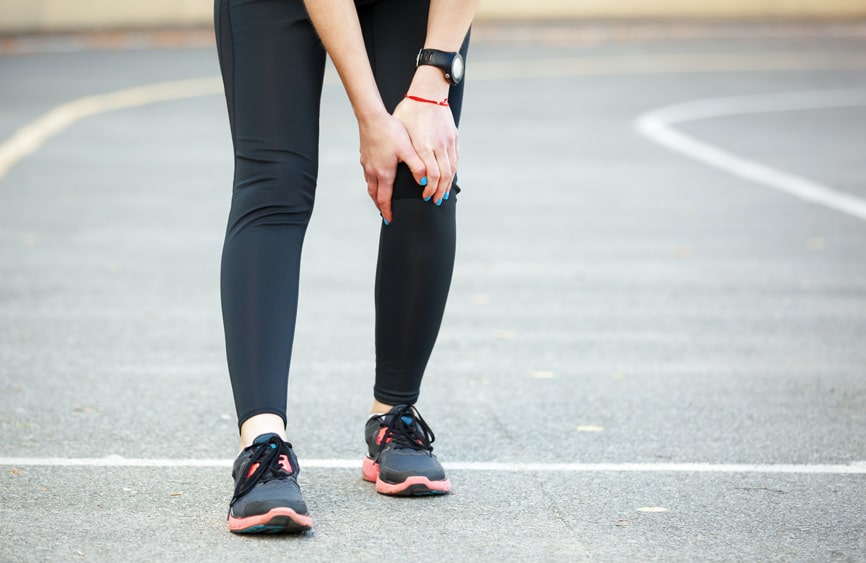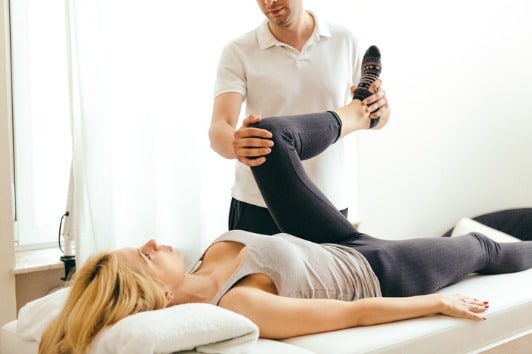Knee & Leg Conditions
Our team of specialists are experts in orthopedic injuries and have combined decades of experience treating everything from the most common problems to complicated multi-structural pathologies.
After completing a thorough biomechanical evaluation, your specialist will create an individualized plan of care to address your specific needs regarding the underlying cause of your symptoms. Whatever your symptoms, we’ll help restore proper strength, mechanics, and allow for a pain- free return to your best life.

Common Knee & Leg Conditions
- Iliotibial (IT) Band Syndrome
- Leg Length Discrepancy
- Anterior Cruciate Ligament (ACL) Injuries
- Collateral Ligament Injuries
- Medial Collateral Ligament (MCL)
- Lateral Collateral Ligament (LCL)
- Meniscal Tears
- Patellofemoral Pain Syndrome (PFPS)
- Osteoarthritis
- Post-Surgical Rehab
Treatment Options
- Regenerative Medicine
- Physical Therapy
- Injections


